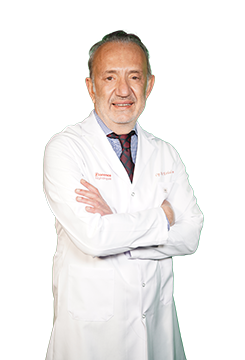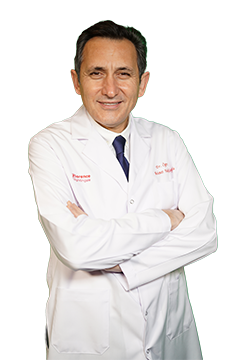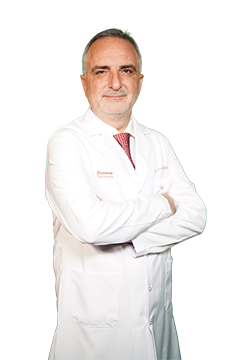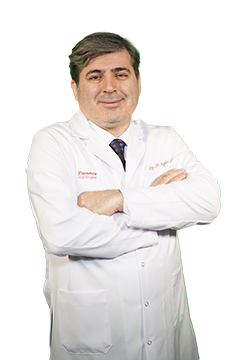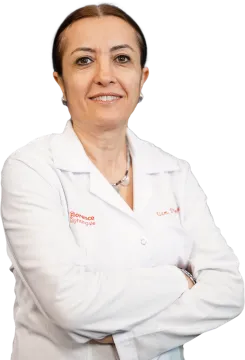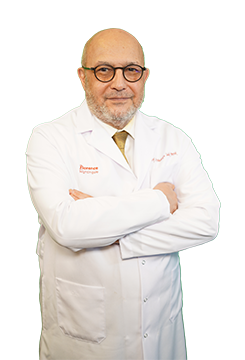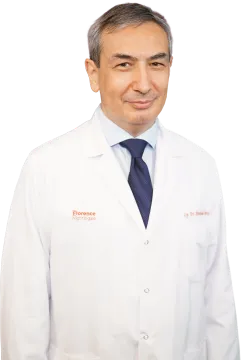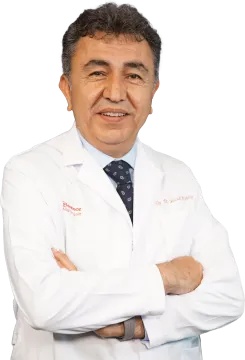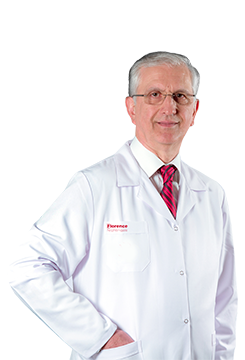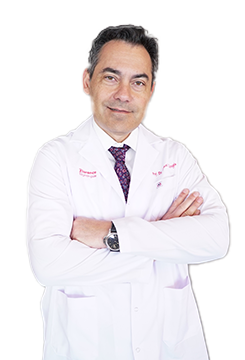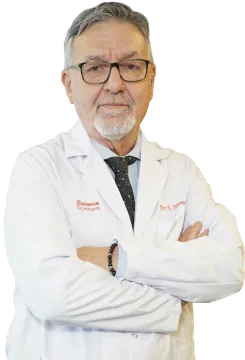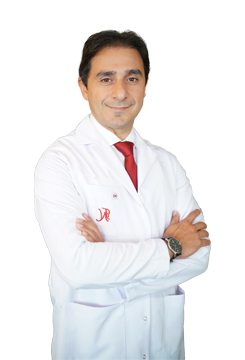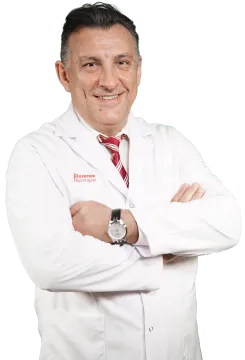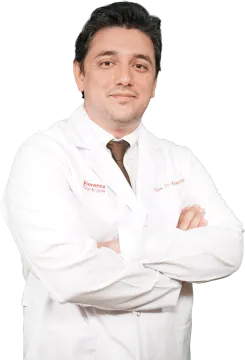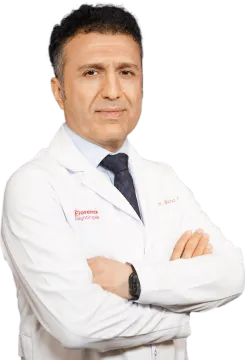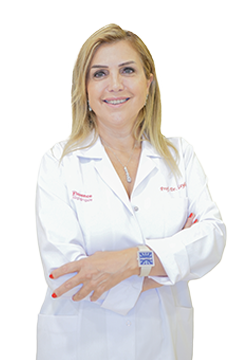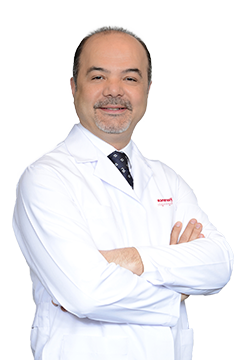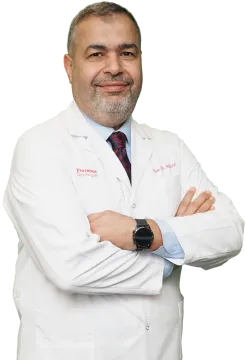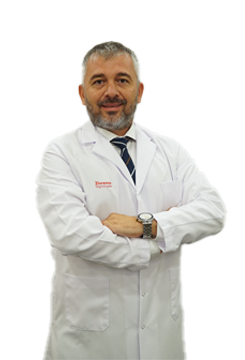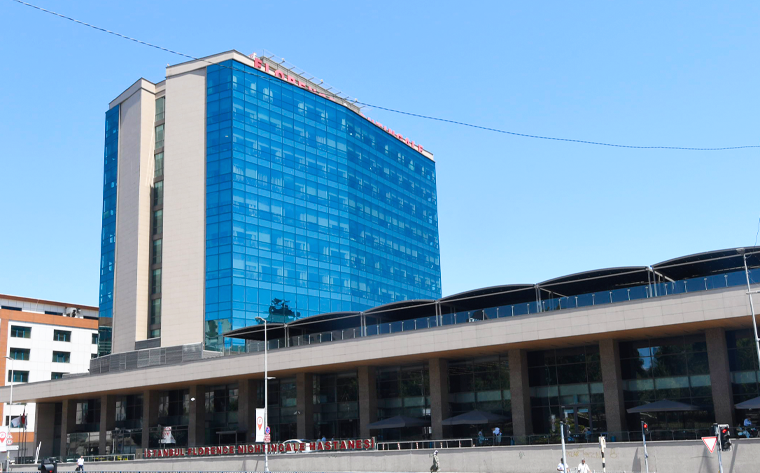
What is the Breast Surgery Department and What Diseases Does It Cover?
The department of breast surgery is a medical unit that diagnoses and treats breast-related diseases. This department deals with both benign and malignant breast diseases and aims to protect the health of patients through various surgical interventions. Breast surgery plays a critical role in the treatment of many diseases, especially breast cancer, cysts, fibroadenomas, and mastitis.
About the Breast Surgery Department
The department of breast surgery is an important part of women's health and is especially vital in the early diagnosis and treatment of breast cancer. In the department, treatment plans appropriate to the individual needs of patients are created, and in addition to surgical intervention, follow-up and rehabilitation processes are carried out meticulously. This department works with a multidisciplinary approach and cooperates with other medical branches such as radiology, oncology, and pathology.
Who is a Breast Surgery Specialist and What Are Their Duties?
A breast surgeon is a surgeon who specializes in the diagnosis and treatment of breast diseases. These specialists perform surgical interventions for breast cancer and other breast diseases. Their duties include examining patients, performing necessary diagnostic tests, creating a surgical plan, and performing operations. They also manage the follow-up and rehabilitation of patients after surgery.
What Diseases Does Breast Surgery Cover?
Breast surgery covers the diagnosis and treatment of various diseases related to breast tissue.
The most commonly treated diseases are:- Breast Cancer: The most important and common disease of breast surgery is breast cancer. In this disease, surgical removal of cancerous tissue is the basic treatment method. Operations such as lumpectomy (removal of the tumor) or mastectomy (complete removal of the breast) performed in the early stages play a major role in the treatment of the disease.
- Fibroadenomas: These breast tumors, which are usually benign, are more common in young women. Surgical removal may be necessary to provide relief and make a definitive diagnosis.
- Breast Cysts: Cysts, fluid-filled sacs in the breast tissue, are usually harmless but can sometimes cause pain or be confused with cancer. They may need to be drained or removed surgically.
- Mastitis: Mastitis, an inflammation of the breast, especially seen in breast-feeding women, may require surgical intervention. If an abscess develops, surgical intervention may be required for drainage.
- Gynecomastia: Gynecomastia, an abnormal growth of breast tissue in men, can cause aesthetic and psychological problems. Surgical correction of this condition is common.
- Papillomas: They are benign tumors that develop in the breast ducts. Sometimes they can cause bleeding or discharge and may require surgical removal.
Breast surgery includes the treatment of these diseases as well as other rare breast diseases. Treatment methods are determined by the type and stage of the disease and the general health status of the patient. Early diagnosis and appropriate treatment with breast surgery are of great importance in preserving the quality of life of patients and controlling the disease.
What Are Breast Surgery Examinations?
Breast surgery examinations are vital for early diagnosis and treatment planning of breast diseases. Examination performed by breast surgery specialists include both physical and imaging methods.
Here are the main methods used in breast surgery examinations:- Physical Examination: A breast surgery examination usually begins with a physical examination. During this examination, the patient may examine her own breasts in a mirror, as per the instructions above. The patient checks for any deformities, dimpling, dimpling (indentation in the skin), changes in size or symmetry of the breasts. She also checks to see if the nipples are turned inward and if there is any asymmetry or hardness under the breasts. The physical examination is usually performed manually by the breast surgeon and is aimed at determining if there is any abnormality, lump or tenderness in the breast tissue.
- Mammography: The most common imaging method used for early detection of breast cancer. Mammography uses low-dose X-rays to detect lumps or calcifications in the breast. It is often used for routine screening and is recommended annually for women over the age of 40.
- Ultrasonography: Ultrasound uses sound waves to identify cysts and solid masses in the breast. This method allows for a more detailed look at abnormalities seen on mammograms and is preferred in younger women and those with dense breast tissue.
- Magnetic Resonance Imaging (MRI): MRI uses magnetic fields and radio waves to see breast tissue in greater detail. It may be preferred for women at high risk or those with breast implants.
- Biopsy: If a suspicious mass is detected as a result of physical examination or imaging studies, a biopsy is performed. A biopsy involves taking a tissue sample from the mass and examining it under a microscope to determine if cancer cells are present.
- Breast Self-Examination: It is also important for patients to perform regular breast self-examinations. This allows patients to become familiar with their own breasts and detect any potential changes early.
These examinations are organized by breast surgery specialists according to the patient's condition and needs and play a critical role in creating an appropriate treatment plan. Early diagnosis increases the success rate of breast surgery interventions and accelerates the recovery process of patients.
What Methods Are Used in Breast Surgery?
The methods used in breast surgery vary depending on the type and stage of the disease. The most commonly used methods include lumpectomy, mastectomy, and sentinel lymph node biopsy. Lumpectomy is the removal of the tumor along with the surrounding healthy tissue. Mastectomy is an operation that involves removing the entire breast. In addition, sentinel lymph node biopsy can be performed to check the spread of cancer. In addition to these methods, reconstructive surgery is also frequently preferred to relieve patients' aesthetic concerns.

